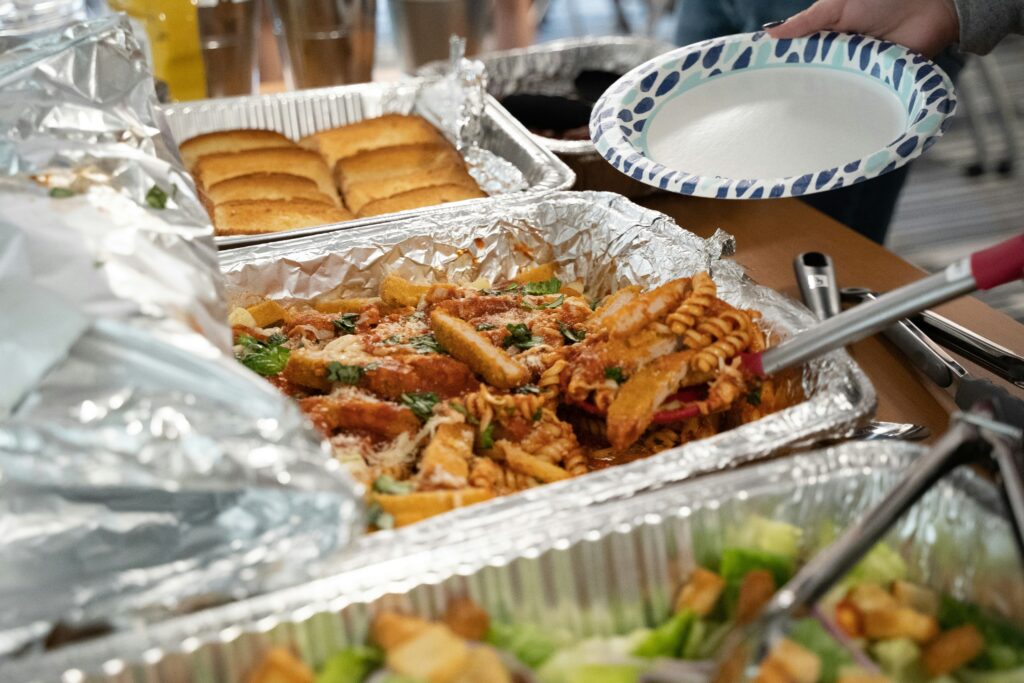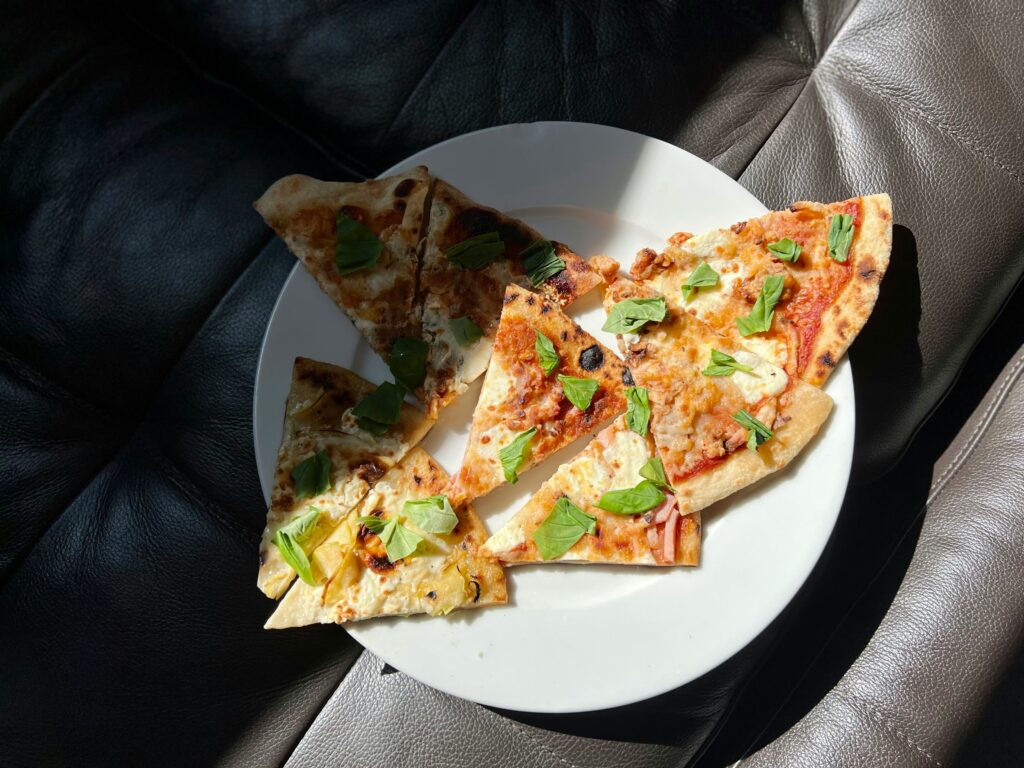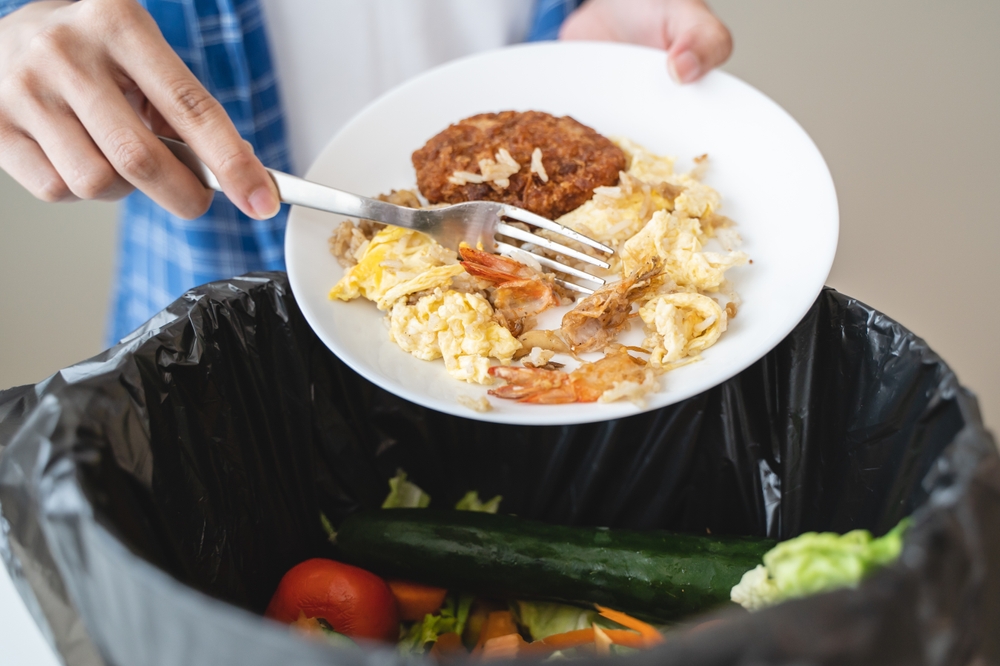Leftovers can be a lifesaver when you are short on time or trying to stretch your grocery budget. However, not all leftover foods are created equal. Some carry a much higher risk of growing harmful bacteria that can make you sick, even if they look and smell fine. Food poisoning does not always give a warning sign. That is why knowing which foods go bad quickly is important for your health. The following list breaks down 11 common leftovers you should never keep longer than two days.
Cooked Rice
At first glance, cooked rice seems like a harmless, starchy side. But underneath the surface, it has a hidden risk. Rice is prone to contamination from a bacterium called Bacillus cereus, which forms heat-resistant spores. These spores can survive the cooking process and begin multiplying once rice is left at room temperature. Even after reheating, these bacteria may remain active and dangerous.
The safest way to store rice is to cool it as quickly as possible. Place it in a shallow, airtight container and refrigerate within one hour of cooking. Never leave it out overnight. While it might seem wasteful to toss uneaten rice, the risk of stomach cramps, vomiting, or diarrhea is not worth it. If you are unsure how long it has been sitting in the fridge, it is safer to throw it away after 48 hours.

Boiled or Fried Eggs
Hard-boiled eggs and fried eggs have a much shorter lifespan than most people think. Once an egg is cooked, it loses the natural protection its shell provides. That opens the door for bacteria to start multiplying. Even eggs that are stored in the fridge can become a safety hazard after a couple of days.
The trouble with eggs is that they do not always give off a bad smell when spoiled. This makes it hard to tell if they are safe to eat. Also, eggs are commonly handled during meal prep, increasing the risk of contamination. If you make deviled eggs, egg salad, or a breakfast sandwich, always refrigerate them immediately and eat within two days. Do not take chances with egg-based dishes, especially in warm weather when bacteria grow faster.
Seafood and Shellfish
Seafood is one of the most delicate proteins when it comes to spoilage. Fish, shrimp, scallops, clams, mussels, and similar items break down rapidly once cooked. Their high moisture content and soft tissue give bacteria the perfect environment to thrive. Even in the refrigerator, cooked seafood can start to spoil within a short window.
Spoiled seafood does not always smell foul at first. The texture may change slightly, or there may be a subtle sourness to the aroma, but these signs are easy to miss. If you have leftover seafood from dinner, it is critical to eat it by the next day or at the latest within 48 hours. This rule also applies to seafood-based dishes like chowder, pasta with clams, or sushi rolls with cooked fish. Always store seafood in a cold part of the fridge, and never leave it out for more than an hour at room temperature.
Leafy Green Salads with Dressing
Salads seem like a low-risk food, but once you add dressing, the story changes. Leafy greens break down quickly when coated in oil, vinegar, or creamy toppings. As the greens wilt, they release moisture, which encourages bacterial growth. The added ingredients, such as cheese, egg, bacon, or croutons, can also go bad quickly when exposed to moisture.
Even if you store the dressed salad in the fridge, it usually becomes soggy and slimy within a day. If your salad includes high-risk ingredients like mayonnaise, sour cream, or cooked meats, it becomes even more unsafe to keep. The safest approach is to store greens and dressing separately and only combine them when you are ready to eat. If the salad is already mixed and has been sitting for more than 48 hours, it is time to toss it.
Cooked Pasta with Sauce
Plain pasta lasts longer on its own, but once it is covered in sauce, especially if that sauce contains meat or dairy, its shelf life shortens dramatically. Moisture is the main reason. Pasta soaked in liquid becomes the perfect environment for bacteria. The carbohydrates and protein-rich sauces offer foodborne bacteria exactly what they need to multiply fast.
Leftover pasta dishes like lasagna, baked ziti, or spaghetti with cream sauce should be eaten within two days. It helps to store the pasta and sauce separately, as this slows down the spoilage process. Creamy sauces made with cheese, milk, or butter spoil faster than tomato-based ones, but neither should be kept for more than 48 hours. When reheating, ensure the entire dish is hot throughout, not just warm on the surface. If it smells sour or has changed texture, it is not safe to eat.
Opened Canned Beans or Lentils
Once canned beans or lentils are opened, their protection from spoilage ends. Even if you rinse them and store them in a clean container, they should not be kept beyond two days. The reason is moisture. These foods are already soft and water-rich, and this makes them especially susceptible to rapid bacterial growth.
When beans or lentils are left in their original can, especially uncovered or partially closed, they can develop a metallic taste and encourage bacteria to multiply faster. Even when stored properly, their high starch content starts to break down after 48 hours, resulting in changes in texture, smell, and safety. Cold temperatures slow spoilage but do not stop it. Never assume that rinsing canned beans again will make them safe after the two-day mark. Use them quickly or freeze the extras in small portions if you need more time.
Stir-Fried Vegetables
Stir-fried vegetables are often coated in oil, soy sauce, or other moisture-rich ingredients that make them break down quickly. After cooking, the high temperature softens the vegetables, which increases surface moisture. Once cooled, this creates a wet environment that is perfect for bacterial growth.
Most stir-fries also include garlic, ginger, or onions, which lose freshness quickly and change flavor when spoiled. If the dish includes tofu, chicken, or seafood, the risk becomes much higher. Protein-rich stir-fry combinations can become dangerous after 48 hours even when stored in a sealed container. Always refrigerate leftovers within one hour of cooking and reheat thoroughly before eating. If the vegetables feel slimy, smell sour, or look discolored, discard the dish immediately.
Deli Meats and Sandwiches
Deli meats are highly processed but still spoil fast once removed from their sealed packaging. The moment they are exposed to air or combined with bread and condiments, they become a breeding ground for bacteria. Mayonnaise, mustard, lettuce, tomato, or pickles all increase the moisture content, which speeds up spoilage.
The bread in a sandwich can trap moisture, causing sogginess that makes bacterial contamination easier. When sandwiches are stored in lunch boxes, plastic wrap, or to-go containers, temperature fluctuations also affect their safety. Even if refrigerated right away, sandwiches should never be eaten after two days. Sliced meats like turkey, ham, or roast beef lose their freshness and can harbor bacteria such as Listeria or Salmonella. If you notice a sticky film or off smell, the sandwich should be thrown out.
Cooked Potatoes or Potato-Based Dishes
Cooked potatoes contain starch, which holds onto moisture and creates the ideal environment for spoilage. Dishes like mashed potatoes, potato salad, scalloped potatoes, or casseroles spoil even faster due to added ingredients like cream, cheese, or eggs. When cooled, the texture of cooked potatoes can become gummy or slimy, especially when exposed to temperature changes.
Bacteria such as Clostridium botulinum can grow in moist, starchy foods that are not stored properly. Even in the fridge, potato-based dishes should be used within two days. If you notice a sour smell, dark spots, or unusual texture, do not take risks. Reheating these dishes does not guarantee safety if bacteria have already multiplied. If in doubt, throw it out.

Soups with Meat or Cream
Soups with chicken, beef, sausage, or dairy-based ingredients like milk or cream spoil quickly. The combination of fat, protein, and liquid allows bacteria to thrive in just a couple of days, even under refrigeration. Broth-based soups last slightly longer, but those made with milk, cheese, or butter break down faster.
Temperature control is critical. If soup was left out for longer than two hours before refrigeration, the risk increases significantly. Even if the soup was stored correctly, bacteria such as Campylobacter, Listeria, or E. coli can grow silently. Signs of spoilage include a sour or bitter smell, separation of ingredients, and bubbling even when cold. Reheating does not remove all toxins that bacteria might produce. Consume within 48 hours or freeze immediately after cooling.
Leftover Takeout or Buffet Food
Takeout and buffet food have higher risks due to how they are handled and stored. These foods often sit at room temperature during preparation, transit, or serving. Dishes with rice, noodles, sauces, or meats from restaurants or events are often kept in warmers or steam trays, where temperatures may fluctuate.
Cross-contamination is common in buffets, and temperature regulation is not always strict. Bacteria like Staphylococcus aureus or Clostridium perfringens can grow in foods that were kept in the danger zone between 5°C and 60°C (41°F and 140°F). Even if the food was delicious the night before, leftovers from takeout or catering should not be trusted after two days.
Most takeout containers are not designed for long-term storage and can accelerate spoilage. Always transfer leftovers into clean, airtight containers and refrigerate immediately. Discard anything left unrefrigerated for more than one hour. Even if the smell seems fine, the food could still contain harmful toxins. Eat within 48 hours or not at all.
Disclaimer: This article was created with AI assistance and edited by a human for accuracy and clarity.

